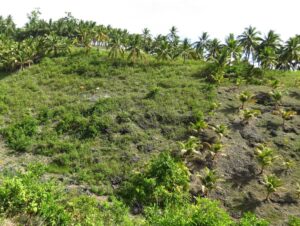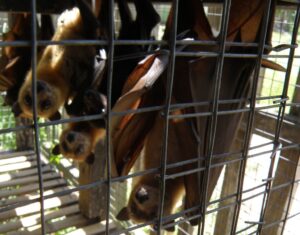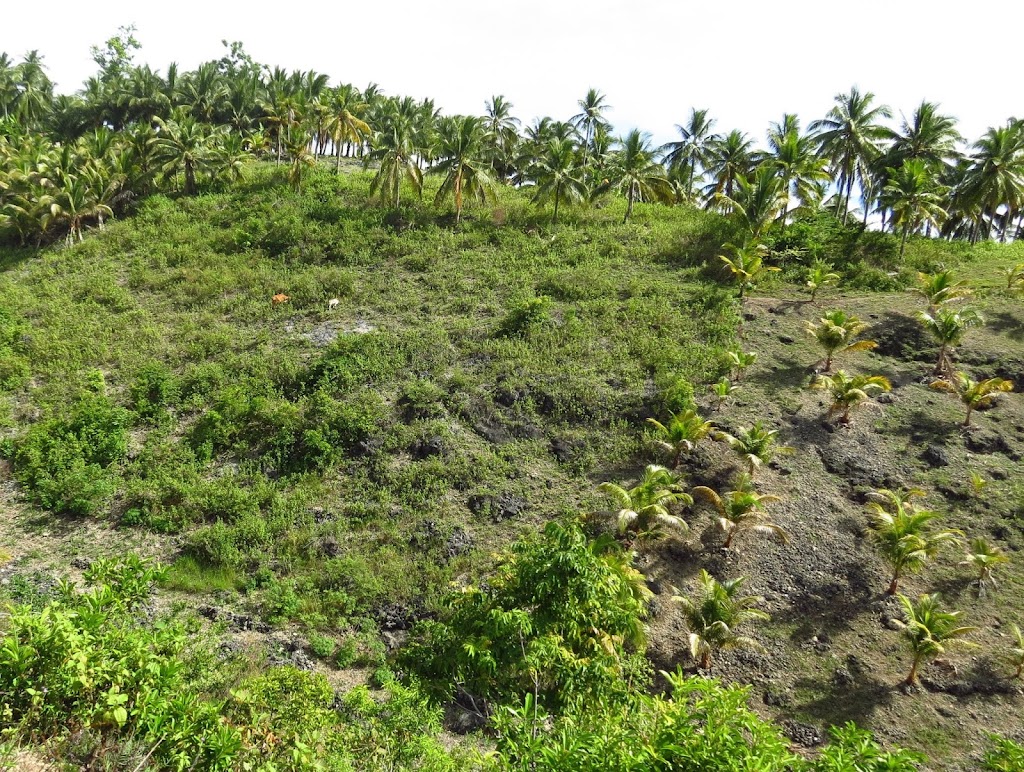Human impacts and the spillover of zoonotic viruses
Contributed by Daniel Becker
Epidemics beget questions about origins—where did a pathogen originate, and how did it get into human populations? Ecologists have long acknowledged that most infectious diseases of humans emerge from animals. Examples such as human immunodeficiency virus and influenza A virus stand out owing to their pronounced and lasting epidemiological consequences. However, the study of zoonotic pathogens in their animal hosts has only recently reached a point where large-scale comparative studies can help identify broader patterns and drivers of spillover.
 |
| The native forest in the Philippines is often replaced by terraced rice farming, fruit orchards, and plantations. Photo by Maria Josefa Veluz. |
In a recent study, Johnson et al. (2020) contributed to this synthesis by asking how the number of zoonotic viruses per animal species relates to its population trends and conservation status. Human activities like deforestation and overexploitation have been suggested as key drivers of pathogen spillover because these can increase contact between humans and wildlife as well as accelerate population declines and extinction risks. Using conservation status categories developed from the International Union for the Conservation of Nature for the Red List of Threatened Species, the authors revealed two important findings. First, threatened species have fewer zoonotic viruses than species with increasing populations. Second, among threatened species, animals with population reductions that have resulted from human activities have over twice as many zoonotic viruses as species listed as threatened for other reasons.
What do these observations mean for resolving our understanding of where pathogens come from and how they jump into humans? First and foremost, the Johnson et al. (2020) analysis suggests threatened species are not inherently sources of zoonotic pathogens. Instead, the disturbance of natural ecosystems is a more powerful factor in determining spillover potential. This finding lends empirical support for recent theoretical models and is especially important in light of spillover of SARS-CoV-2, the virus that causes COVID-19, into humans. The close evolutionary relationship between SARS-CoV-2 and a virus found in the intermediate horseshoe bat (Rhinolophus affinis) suggests a wildlife origin for the zoonotic pathogen; however, these two viruses likely diverged from one another 40-70 years ago. Where has the virus lineage that became SARS-CoV-2 been for the last several decades? We do not yet know. SARS-CoV-2 plausibly jumped into humans through an intermediate host, with several studies implicating illegally trafficked wildlife as one mechanism through which humans acquired the virus.
 |
|
Island flying foxes (Pteropus hypomelanus) en route from
a local hunter to large wildlife markets in North Sulawesi,
Indonesia. Photo by Susan Tsang.
|
Threatened wildlife generally have fewer zoonotic viruses, but species actively being threatened due to overexploitation or disturbance by humans tend to harbor more of these pathogens. In turn, we expect domestic animals and wild species with increasing populations should carry more zoonoses. Johnson et al. (2020) here estimated that domesticated mammals host half of all zoonotic viruses, despite being represented by a small proportion of the studied animal species.
The authors also identify bats and rodents as having relatively more zoonotic viruses than other mammals. However, another recent study suggests these orders have more zoonotic viruses solely because they contain more species; bats and rodents constitute over 60% of all mammals. Furthermore, many bats are threatened by human impacts, ranging from the ongoing spread of white-nose syndrome in North America to recent heat waves and fires in Australia. Culling bats for disease control is unlikely to eliminate virus circulation and may instead increase pathogen transmission (e.g., by increasing dispersal of infected bats). Results of this comparative study broadly suggest anthropogenic drivers will only increase spillover risks from these and other threatened species, emphasizing the importance of reducing human impacts into ecosystems.

